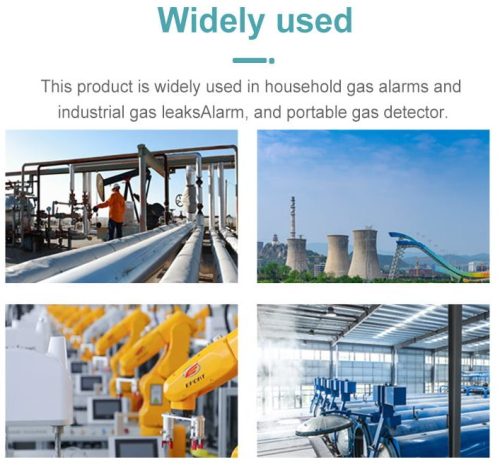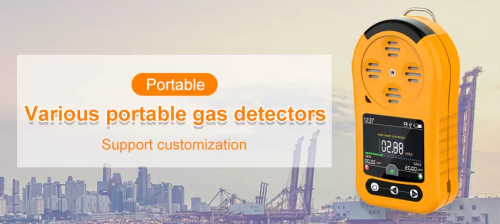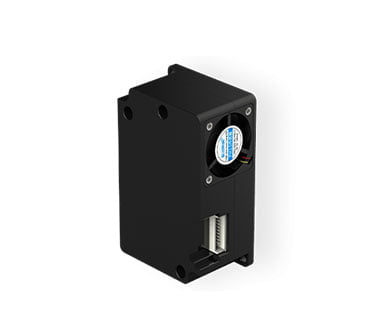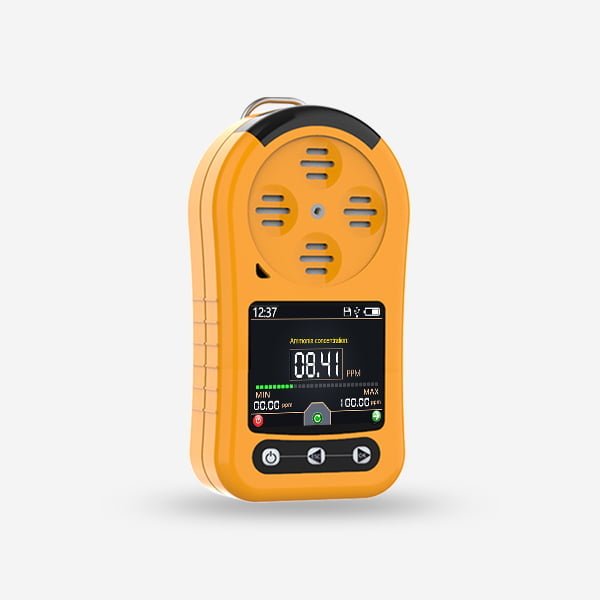Selecting the right portable gas detector is crucial for ensuring the safety of workers in various industries where exposure to hazardous gases is a concern. Portable gas detectors are essential tools that can detect the presence of harmful gases in the air and provide early warnings to prevent potential accidents or health risks. In this comprehensive guide, we will discuss the key factors to consider when selecting portable gas detectors to meet the specific needs of your workplace.
Understanding the Types of Gas Detectors
There are several types of portable gas detectors available on the market, each designed to detect specific types of gases and operate based on different detection technologies. The most common types of gas detectors include:

- Single Gas Detectors: These detectors are monitor and detect the presence of a single gas, such as carbon monoxide (CO), hydrogen sulfide (H2S), or oxygen (O2).
- Multi-Gas Detectors: Multi-gas detectors can monitor and detect multiple gases simultaneously, providing comprehensive protection against a range of hazardous gases.
- Photoionization Detectors (PID): PID detectors are used to detect volatile organic compounds (VOCs) and other gases with low ionization potentials.
- Infrared (IR) Detectors: IR detectors are effective in detecting gases such as methane (CH4) and carbon dioxide (CO2) by measuring the absorption of infrared radiation.
Key Factors to Consider When Selecting Portable Gas Detectors

- Gas Detection Requirements: Identify the specific gases that in your workplace and choose a detector that can accurately detect those gases within the required concentration range.
- Sensor Technology: Consider the type of sensor technology used in the gas detector, such as electrochemical sensors, catalytic sensors, or semiconductor sensors, to ensure reliable and accurate gas detection.
- Calibration and Maintenance: Select a gas detector that is easy to calibrate and maintain to ensure its optimal performance and accuracy over time. Some detectors may require regular calibration or sensor replacement.
- Alarm Systems: Look for gas detectors with audible, visual, and vibrating alarms to alert users in case of gas leaks or hazardous gas levels exceeding the set thresholds.
- Data Logging and Connectivity: Choose a gas detector with data logging capabilities to record gas exposure levels over time. Some detectors may also offer wireless connectivity for remote monitoring and data sharing.
- Battery Life and Durability: Consider the battery life and durability of the gas detector, especially if it will be used in rugged or hazardous environments where reliability is crucial.
- Certification and Compliance: Ensure that the selected gas detector meets relevant safety standards and regulations, such as ATEX, UL, or CSA certifications, to guarantee its reliability and effectiveness in hazardous environments.
Best Practices for Using Portable Gas Detectors

- Conduct Regular Testing and Calibration: Regularly test and calibrate the gas detector according to the manufacturer’s guidelines to maintain its accuracy and reliability.
- Train Users Properly: Provide adequate training to users on how to operate the gas detector, interpret alarm signals, and take appropriate actions in case of gas detection.
- Follow Safety Procedures: Implement proper safety protocols and procedures for using gas detectors in hazardous environments to minimize risks and ensure the safety of workers.
- Replace Sensors as Needed: Monitor sensor performance and replace sensors as recommended by the manufacturer to ensure accurate gas detection and reliable operation.
- Keep Records: Maintain detailed records of gas detector maintenance, calibration, and gas exposure data to track performance and compliance with safety regulations.
Conclusion
In conclusion, selecting the right portable gas detector is essential for maintaining a safe work environment and protecting workers from the risks associated with exposure to hazardous gases. By considering the key factors outlined in this guide and following best practices for gas detector use, organizations can effectively mitigate risks, ensure compliance with safety regulations, and safeguard the well-being of their employees.





